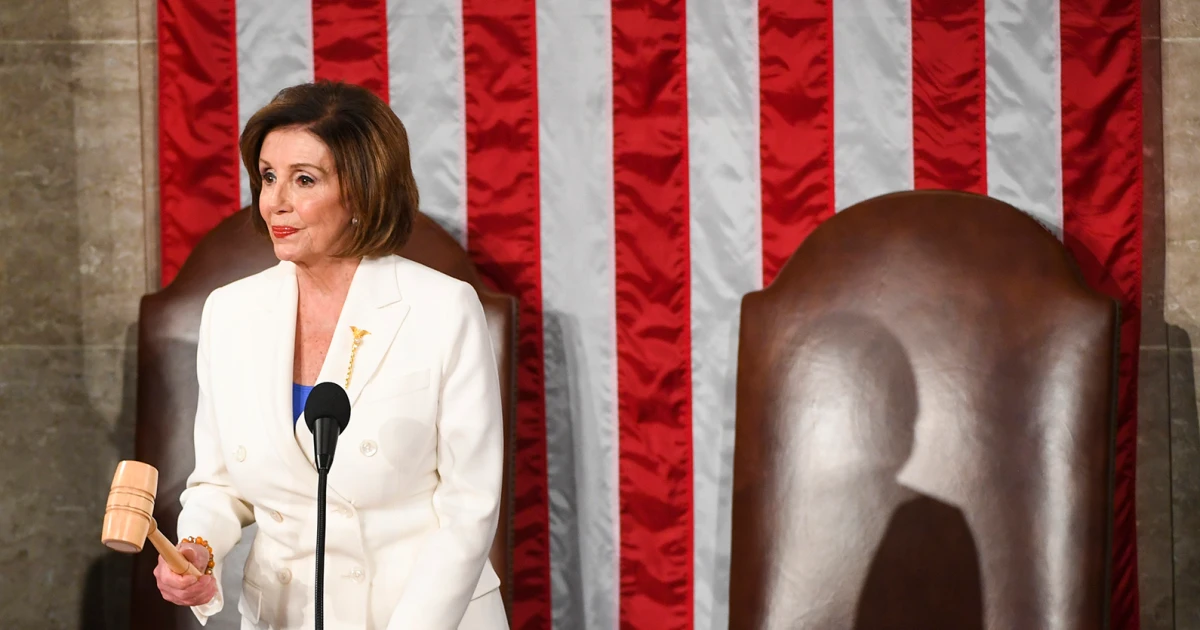Copyright Augusta Free Press

I just read what may be the single dumbest politics column ever written, an effort by Cardinal News editor Dwayne Yancey to minimize the blue wave in Tuesday’s elections, based on either a stunning lack of common sense, or the obvious: he just didn’t like what happened. I’m getting ahead of myself. The headline didn’t come across, at first glance, as being clickbaity: “Virginia’s blue wave was real but not as big as it looked. Here are the numbers.” The subhead, though, in retrospect, gives away the game: “The Democratic vote was up, but a big part of the election story was how much the Republican vote was down. That magnified the Democratic wave and made it look bigger.” I had to click to learn more, in case I had missed something from my many efforts to parse the numbers, looking for something previously unseen. I assumed, before starting to read the piece, that what Yancey was going to tell us was, voter turnout in Republican areas was down relative to the 2021 cycle, and also that turnout in Democratic areas was up. That would be a logical foundation for the article we were advertised, about 2025 not being a blue wave, but rather, it was just, Republican vote being down. That’s not what we got. “The Democratic vote ticked up for sure, but what’s also notable is how the Republican vote fell – and it was that fall which made the Democratic margin bigger than it otherwise would have been.” O … K. The premise from Yancey, at this point, is starting to look to me that, Democrats got more votes overall, and Republicans got less votes overall – and that’s why Yancey is saying the blue wave was not “as big as it looked.” Is that seriously what he was getting at? Yes, it was. “Based on unofficial returns so far, the total vote in Virginia this year was only 72,634 more than it was four years ago. (Abigail) Spanberger ran 320,953 votes ahead of (Terry) McAuliffe’s Democratic record in 2021, but (Winsome) Earle-Sears’ tally came in 229,323 votes short of where (Glenn) Youngkin had been. “That’s a nice uptick on Spanberger’s part, but hardly unprecedented. In 2017, Ralph Northam ran 339,029 votes ahead of where McAuliffe had been in his first run in 2013. We can call Spanberger’s vote increase a blue wave, but Earle-Sears’ vote drop made it seem bigger than maybe it really was.” OMFG. Cope much? Yancey is trying to tell us that 2025 wasn’t a blue wave because in basically the same electorate – overall turnout in 2025 was 2.2 percent higher than what we had in 2021 – the real issue was, Republicans just got fewer votes. My favorite football team didn’t lose this game after winning last week as much as, it just scored fewer points this week, and the other team scored more points than the team we played last week. Just for giggles, what about we propose here another idea, and this is revolutionary, so you might have to give me some leeway with this suggestion – that what we saw here was, a decent percentage of people who voted the one way in 2021 voted another way in 2025? To test this hypothesis, I looked at county voting numbers from 2021 to 2025, and found that, for example, in Fairfax County, huge Democratic stronghold, as we all know, overall turnout in 2025 was actually down 6,000 voters from 2021, though, yes, not surprisingly, Spanberger outperformed McAuliffe by 10 points. Neighboring Prince William County saw an increase of 8,000 voters (5.2 percent) this cycle, and Spanberger outperformed McAuliffe by 9.7 points. Loudoun County had an increase of 4,000 voters (2.5 percent), and Spanberger outperformed McAuliffe there by nine points. Now, in the western and southwest parts of the state – I’ll start with my home county, Augusta: 392 more voters this year, an increase of 1.1 percent; Spanberger outran McAuliffe by 5.8 points. Rockingham had more voters, as did Rockbridge and Frederick; Shenandoah was slightly down, as was Botetourt. Spanberger ran eight points better than McAuliffe in Rockingham, 4.3 points better in Rockbridge, 9.4 points better in Frederick, 6.3 points better in Shenandoah, 6.1 points better in Botetourt. Montgomery County, down the road a bit from us, in the Roanoke-Blacksburg part of the state, stands out in the numbers. Turnout was up 2,011 voters (6.1 percent) from 2021, when Youngkin scored a 5.2-point win over McAuliffe. In 2025, Montgomery went to Spanberger, by 13.6 points. The shift here was historic – Spanberger outdid McAuliffe by 10 points, and won in a decent-sized county in Southwest Virginia. But Dwayne Yancey would tell you that Montgomery County didn’t so much go blue as, the Republicans just didn’t get as many votes. In case you were wondering, Cardinal News is no longer on my list of news websites to check for headlines in the morning.



